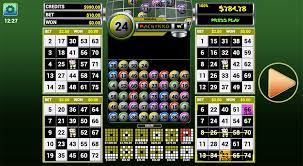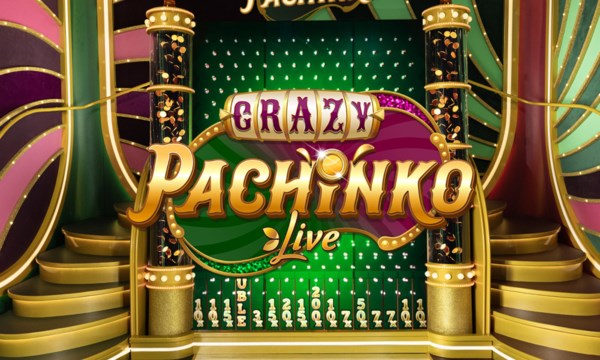Pachinko is a popular arcade game in Japan that combines elements of pinball and slot machines. Originating in the early 20th century as a children’s pastime, Pachinko evolved into a beloved adult gambling activity. Its cultural significance and widespread appeal make it a staple of Japanese entertainment.
The Basics of Pachinko
In essence, Pachinko involves players launching small metal balls into a vertical playing field filled with numerous brass pins and scoring pockets. The objective is to guide the balls into specific pockets to accumulate points or trigger certain outcomes. Players typically control the velocity and direction of the balls by manipulating a plunger mechanism located at the bottom of the playing field.
The Pachinko Parlors
Pachinko parlors, where the game is predominantly played, can be found throughout Japan. These establishments feature rows upon rows of Pachinko machines, each adorned with colorful lights and engaging sound effects. The atmosphere inside these parlors is often lively and bustling, as players immerse themselves in the captivating gameplay.

Understanding the Gameplay
While Pachinko shares some similarities with Western gambling games like pinball and slot machines, its mechanics are distinct. Unlike pinball, where players directly control the movement of a ball using flippers, Pachinko relies more on chance. Players launch balls into the playing field and hope for favorable outcomes based on where the balls land.
The Role of Chance and Skill
Although luck plays a significant role in Pachinko, skillful manipulation of the plunger can influence the trajectory of the balls to some extent. Experienced players develop techniques to enhance their chances of achieving desirable outcomes, such as targeting specific pockets or creating cascading ball movements.
Payouts and Rewards
Successful outcomes in Pachinko result in the accumulation of balls, which players can exchange for various prizes or tokens redeemable for cash outside the parlors. The value of these prizes depends on the establishment’s policies and the player’s performance. Some parlors also offer special features and bonus rounds that enhance the excitement and potential rewards.
Pachinko vs. Bingo: Understanding the Differences
While Pachinko and Bingo are both games of chance involving numbered balls, they differ significantly in gameplay and cultural context. In Bingo, players mark off numbers on a card as they are randomly drawn, aiming to complete specific patterns to win prizes. The pace of Bingo is generally slower, and players have more direct control over their outcomes.
In contrast, Pachinko is more fast-paced and relies heavily on the physics of ball movement within the playing field. Players must anticipate the trajectories of the balls and strategically adjust their actions to maximize their chances of success. Additionally, Pachinko’s roots in Japanese culture and its prevalence in dedicated parlors set it apart from Bingo, which is often played in more diverse settings.

The Online Pachinko Experience
In recent years, the popularity of Pachinko has transcended physical parlors, with many online platforms offering digital versions of the game. These virtual Pachinko experiences faithfully recreate the excitement and dynamics of traditional gameplay, allowing players from around the world to enjoy this unique form of entertainment from the comfort of their homes.
Conclusion
Pachinko stands as a quintessential part of Japanese gaming culture, blending elements of chance and skill to create a thrilling and immersive experience. While its mechanics may differ from those of Bingo, both games offer their own distinct appeal to players seeking excitement and entertainment. Whether played in bustling parlors or online platforms, Pachinko continues to captivate audiences with its vibrant atmosphere and timeless gameplay.